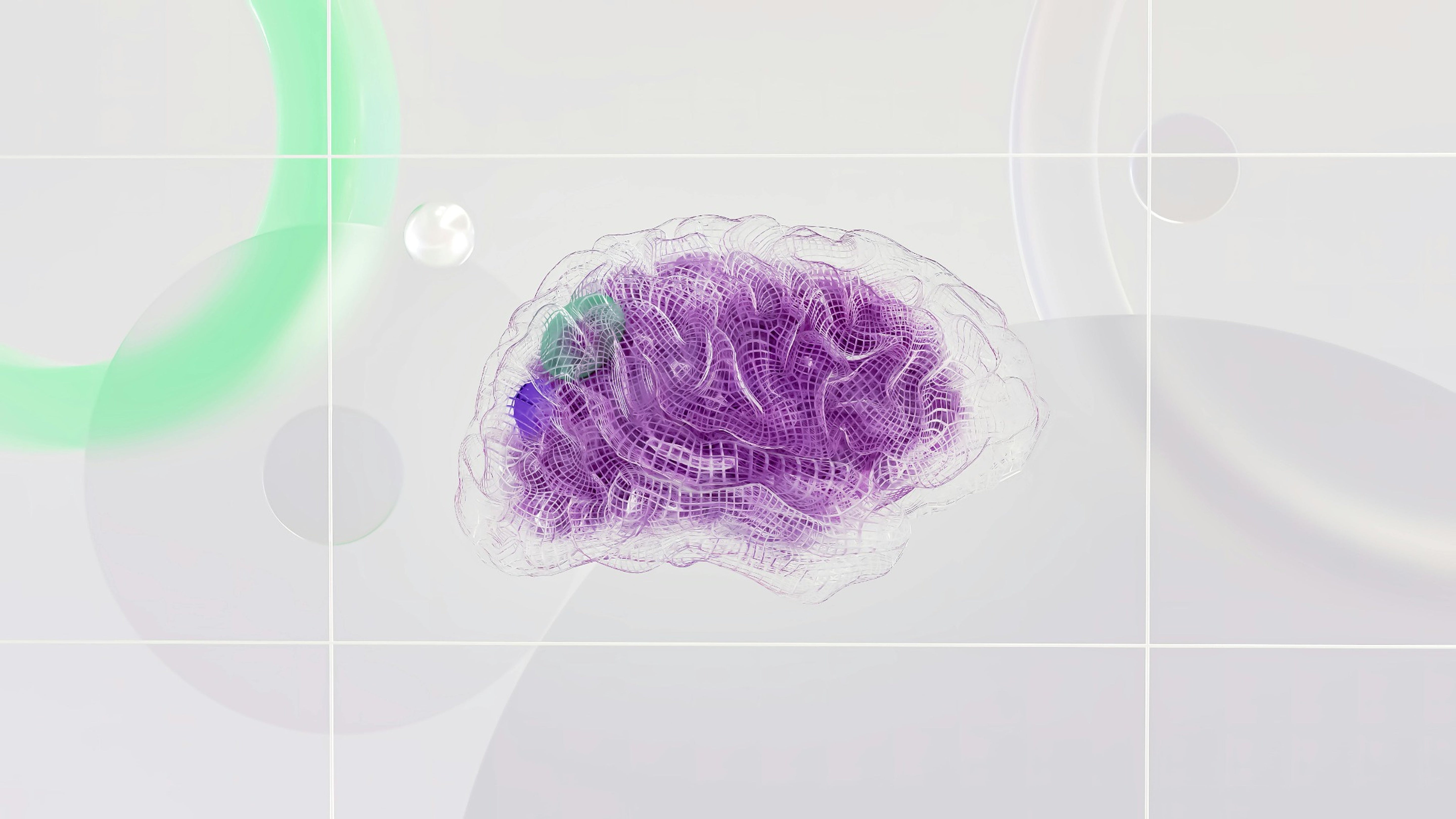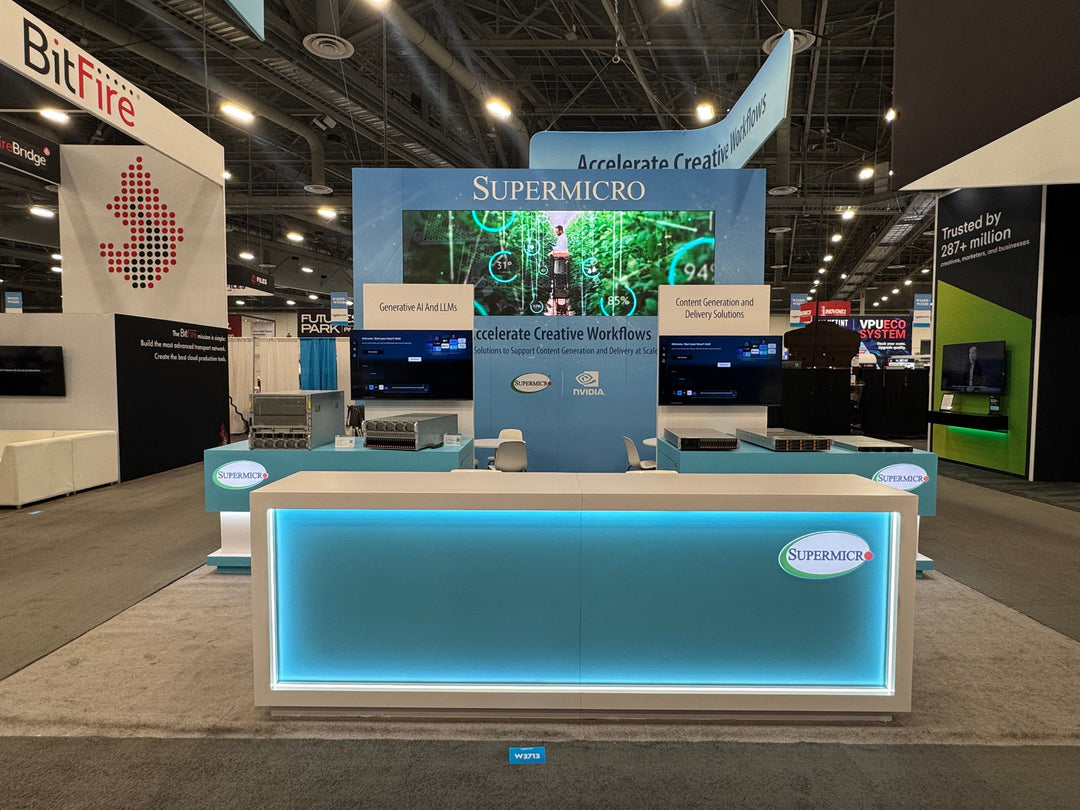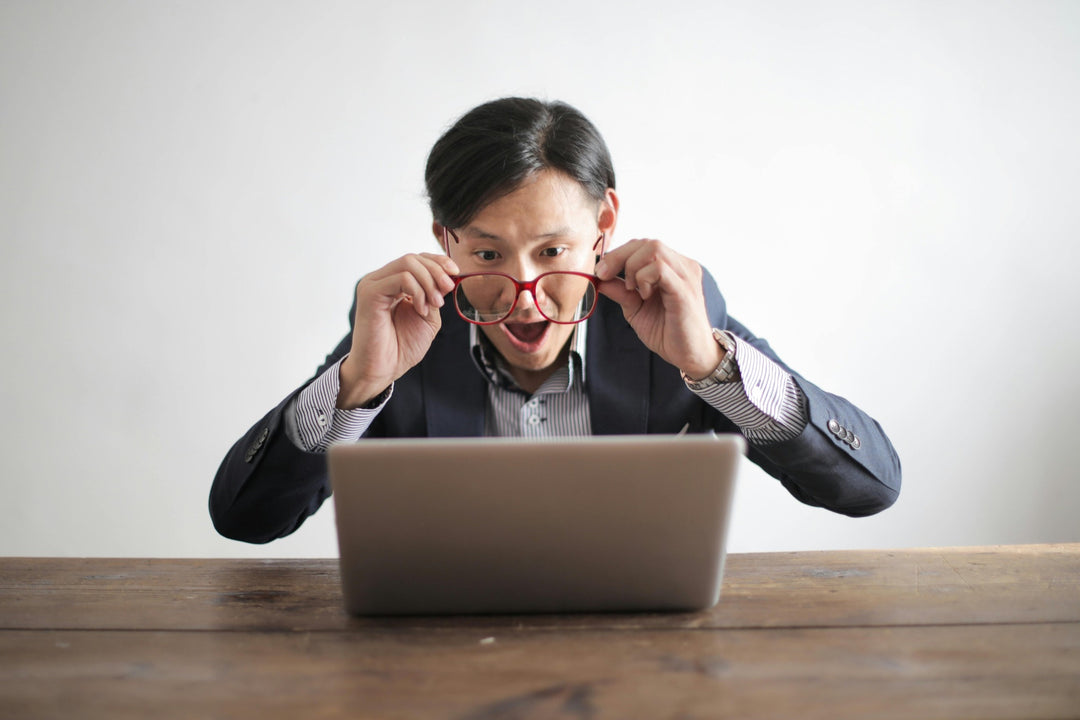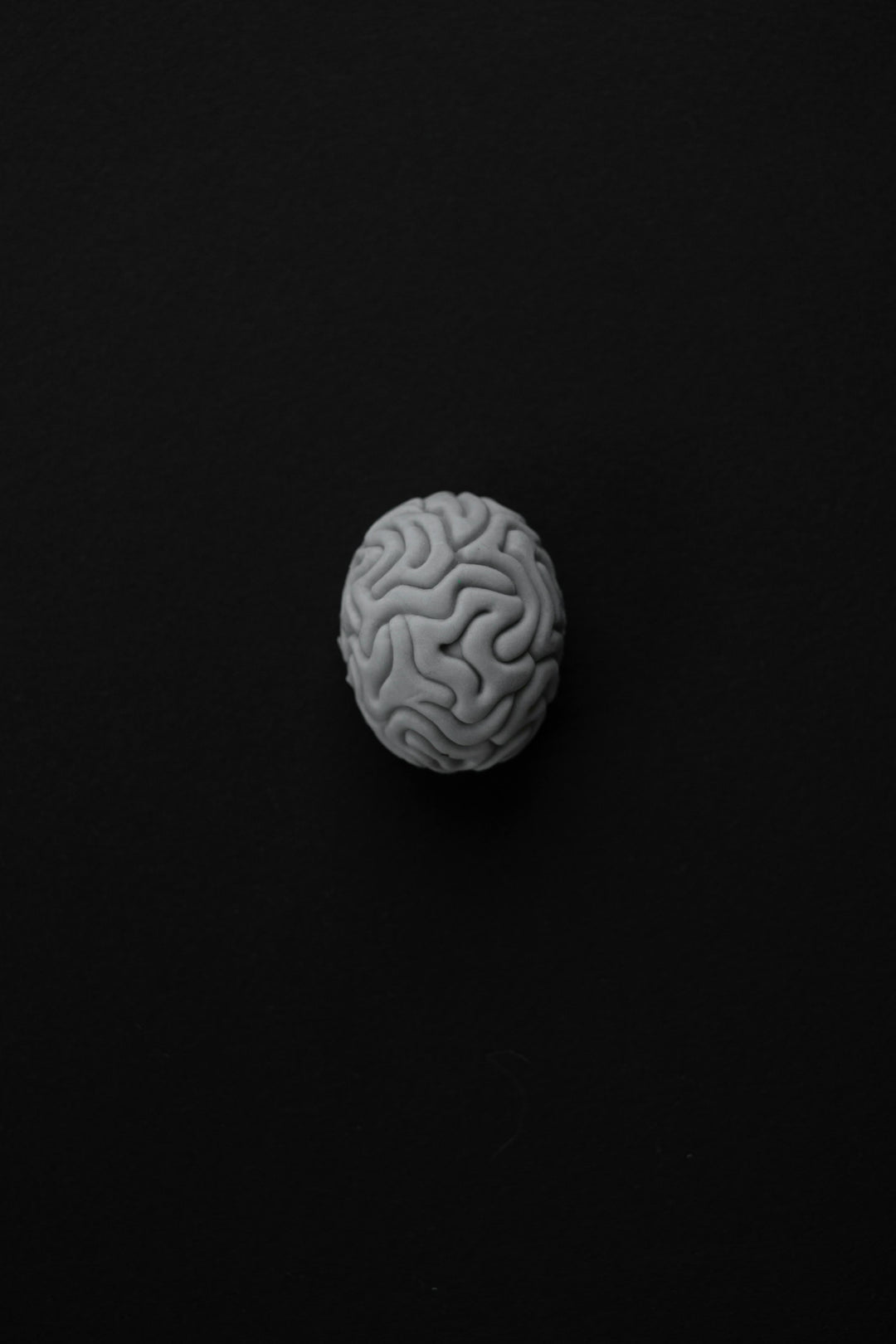In today’s highly competitive trade show environment, designing a booth that captures attention and creates lasting impressions isn’t just an art—it’s a science. Neuroscience, the study of how the brain processes stimuli, offers powerful insights into how attendees perceive, interact with, and remember exhibit spaces. By applying neuroscience principles to exhibit design, businesses can create booths that not only look great but also resonate deeply with visitors on a psychological and emotional level.
In this blog, we’ll explore how the brain responds to various elements of exhibit design and how KSM Exhibits integrates these insights into our custom and rental booth solutions to drive engagement, brand recall, and conversions.
Why Neuroscience Matters in Exhibit Design
Understanding Human Behavior at Trade Shows
Trade show floors are chaotic, crowded, and full of sensory overload. Attendees make snap decisions—often within seconds—about whether a booth is worth visiting. Neuroscience helps us understand the subconscious factors that drive these decisions:
-
Visual attention: What grabs and holds the eye?
-
Emotional resonance: What evokes a feeling or memory?
-
Cognitive load: What’s too much, and what’s just right?
-
Memory encoding: What elements are likely to be remembered after the show?
By designing with the brain in mind, exhibitors can significantly increase dwell time, engagement, and brand retention.
1. First Impressions and the 7-Second Rule
The Brain's Snap Judgments
Studies show that people form impressions of a space or brand in as little as 7 seconds. During this time, the brain scans for:
-
Visual appeal and coherence
-
Brand messaging clarity
-
Emotional cues like color and lighting
Tip: Use clean, well-branded visuals at eye level, with a clear value proposition. Avoid clutter and cognitive overload.
At KSM Exhibits, we use high-impact focal points—like bold signage, motion graphics, or striking structures—to instantly communicate your brand’s message and value.
2. The Role of Color in Influencing Mood and Perception
Color Psychology in Booth Design
Color plays a crucial role in how attendees feel and react. Here’s how the brain typically responds to common trade show hues:
-
Red: Urgency, energy, passion
-
Blue: Trust, calmness, professionalism
-
Green: Growth, health, sustainability
-
Yellow: Optimism, friendliness, attention
Tip: Align your booth’s color scheme with your brand identity and emotional goals. For instance, a wellness brand may use calming greens and blues, while a tech startup might prefer vibrant oranges and blacks for a modern, energetic feel.
KSM’s design team strategically integrates color palettes to subtly shape attendee perceptions and support your exhibit objectives.
3. Sensory Engagement and the Power of Multi-Sensory Design
How the Brain Processes Multisensory Stimuli
People remember 90% of what they do, compared to only 10% of what they hear and 20% of what they read. Engaging multiple senses leads to deeper cognitive and emotional processing.
Sensory Inputs to Consider:
-
Sight: Bold visuals, lighting, motion
-
Sound: Ambient music, voiceovers, sound effects
-
Touch: Textured materials, interactive displays, product demos
-
Smell: Branded scents, diffused aromas
-
Taste: Branded treats, samples
Tip: Incorporate at least three senses in your booth to activate the brain’s hippocampus (responsible for memory creation).
KSM Exhibits specializes in multi-sensory environments that immerse attendees, whether through tactile product walls, ambient lighting, or scent-driven branding.
4. Attention and Focus in a Distracted Environment
The Brain’s Limited Attention Span
With hundreds of booths competing for attention, cognitive overload is a real issue. The brain filters out what feels irrelevant or overwhelming. Design should guide the brain’s attention like a well-lit path.
Best Practices:
-
Use a zoned layout: Entry point, exploration space, conversion zone
-
Follow hierarchy of information: Headlines, subheads, supporting visuals
-
Incorporate motion selectively (e.g., slow-turning displays, video loops)
Tip: Use contrast and spacing to draw focus to key calls to action (CTAs) or hero products.
At KSM, we design intuitive booth flows that gently guide the attendee’s eyes and feet—maximizing interaction while minimizing mental fatigue.
5. Emotional Triggers: The Key to Brand Recall
Memory and Emotion Are Linked
According to neuroscience, emotional experiences are encoded more deeply in memory than neutral ones. Creating a booth that evokes awe, curiosity, joy, or even nostalgia can leave a lasting impression.
Ways to Trigger Emotion:
-
Use storytelling in visuals and messaging
-
Feature user testimonials or case studies
-
Create “Instagrammable moments” for emotional sharing
Tip: Emotional branding isn’t about being sentimental—it’s about making people feel something meaningful about your brand.
KSM designs story-driven exhibits that combine architecture and emotion—whether it’s through brand journeys, interactive timelines, or immersive theater spaces.
6. Mirror Neurons and Social Engagement
Why People Gravitate Toward People
Neuroscience shows we have mirror neurons that activate when we see others performing actions. Booths that showcase people engaging with products can subconsciously draw more visitors.
Design Tactics:
-
Live demonstrations
-
Staff actively using or showcasing the product
-
Digital content with people in relatable scenarios
Tip: Position brand ambassadors near entrances to create a friendly, human welcome and encourage interaction.
7. The Brain Loves Novelty—But Anchored in Familiarity
Balancing Innovation and Recognition
Novelty sparks the brain’s curiosity, but too much unfamiliarity can cause confusion. The sweet spot? Surprise within structure.
Examples:
-
A booth with an unusual layout—but familiar brand colors
-
A digital mirror that surprises users with product insights
-
A ceiling installation that contrasts with a minimal base design
Tip: Anchor innovative features in recognizable brand elements so the brain doesn’t have to work too hard to “get it.”
KSM Exhibits balances cutting-edge creativity with brand coherence so your booth stands out and fits your identity.
8. Post-Experience Memory and the “Peak-End Rule”
What People Remember Most
According to Nobel Prize-winning psychologist Daniel Kahneman, people remember:
-
The peak moment of an experience
-
The end of the experience
Tip: Make your climax (product demo, giveaway, interaction) unforgettable—and leave attendees with a warm, final impression.
At KSM Exhibits, we design booths with memory points—moments engineered to delight or surprise, and parting interactions that leave people feeling seen, valued, and excited to follow up.
Real-World Application: Booth Design Inspired by Neuroscience
Case Example: A Tech Startup Launch Booth
Objective: Launch a new wearable health tracker
Design Elements:
-
Eye-catching LED pulse animation mimicking a heartbeat (sight/motion)
-
Calming natural sounds layered beneath upbeat music (sound)
-
Interactive try-on stations with warm lighting (touch/emotion)
-
Branded herbal aroma to invoke relaxation (smell)
-
Custom organic snacks at the exit (taste)
Results:
-
25% higher dwell time than competitors
-
40% increase in qualified leads
-
Top 5 booth in attendee survey recall
This is how neuroscience-informed design creates tangible ROI.
Partner With KSM Exhibits: Science Meets Experience
At KSM Exhibits, we blend creative design expertise with cutting-edge neuroscience insights to deliver booths that engage the senses, evoke emotion, and convert attention into action.
Whether you need a fully custom booth or a rental solution that feels tailor-made, our team will design an exhibit that speaks to both the brain and the heart of your audience.
Let’s Build Something Memorable
Ready to harness the power of neuroscience in your next exhibit?
📞 Contact KSM Exhibits today to start planning a booth that’s not just seen—but remembered.





